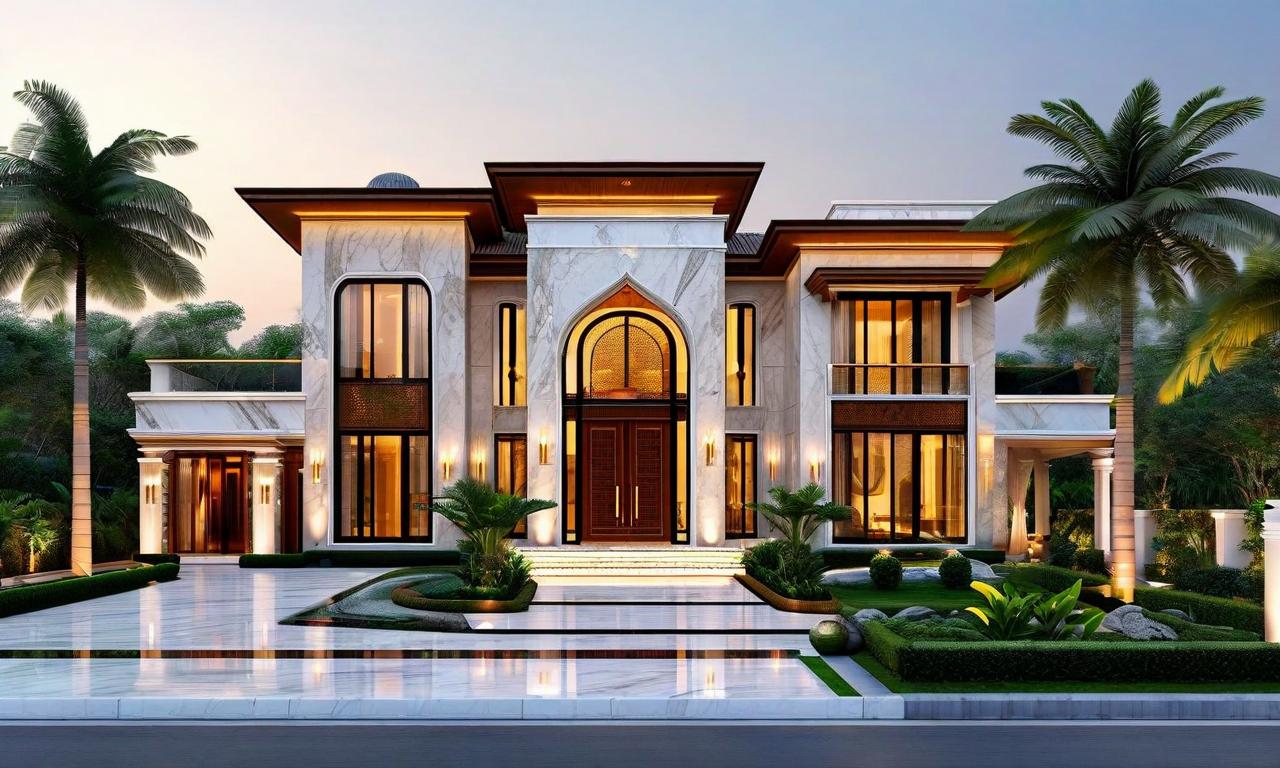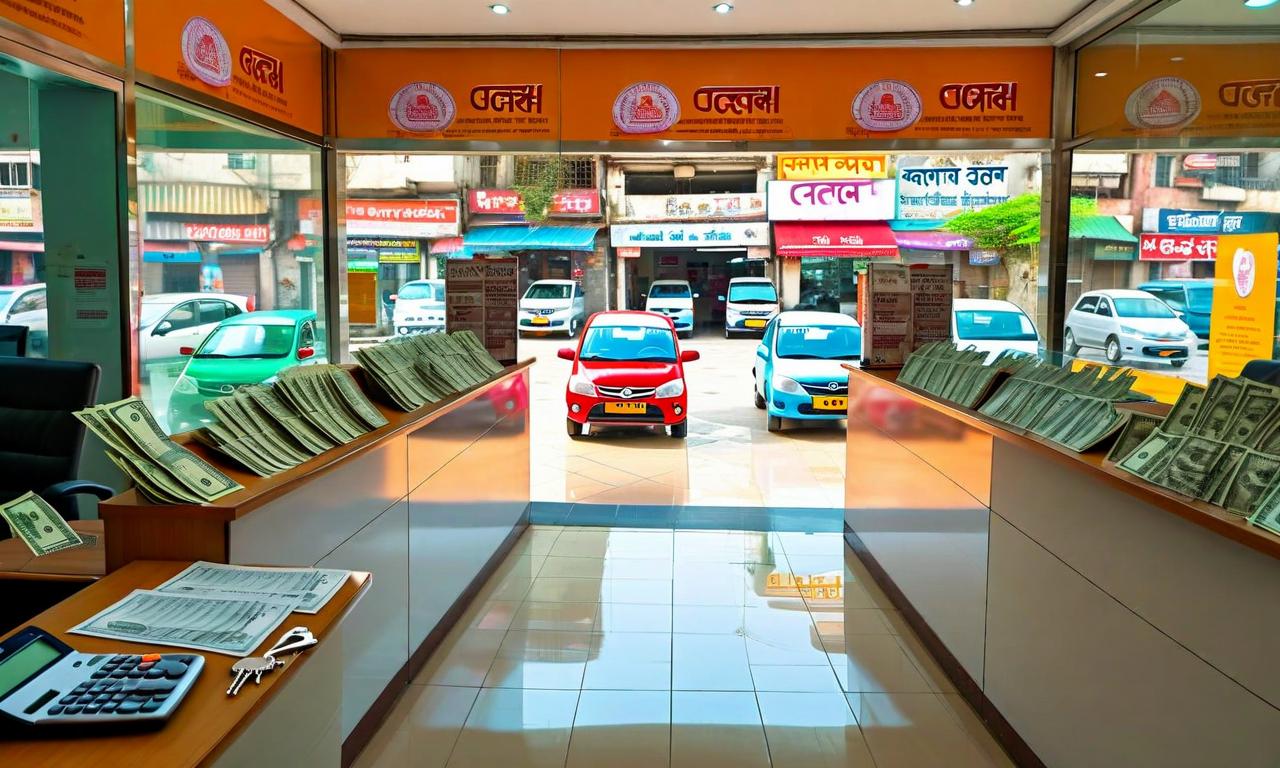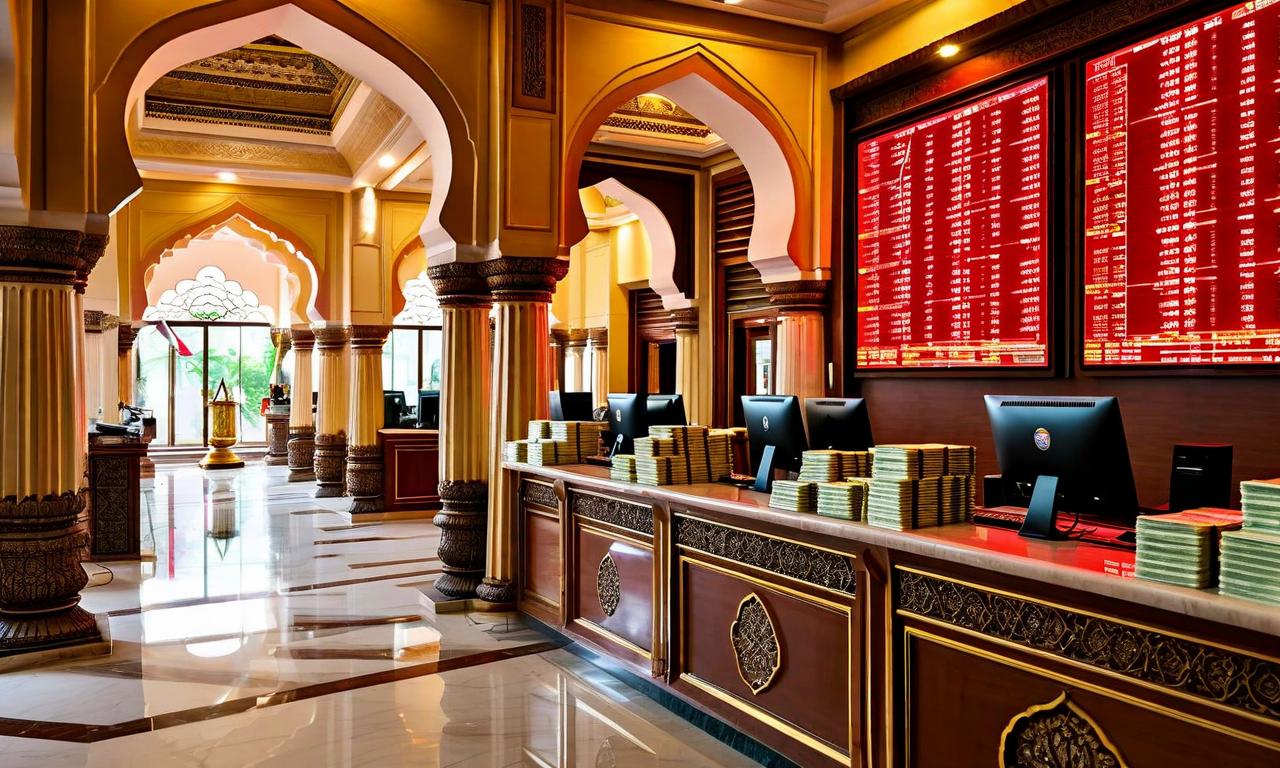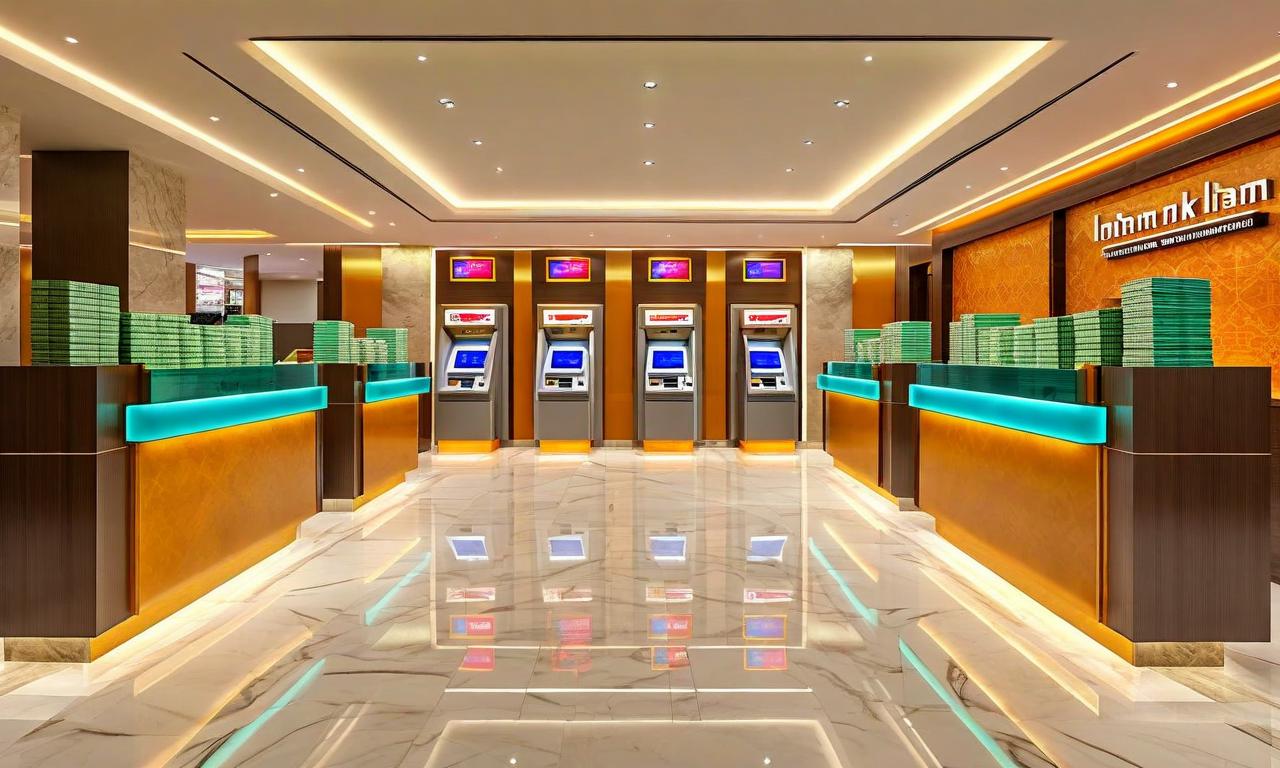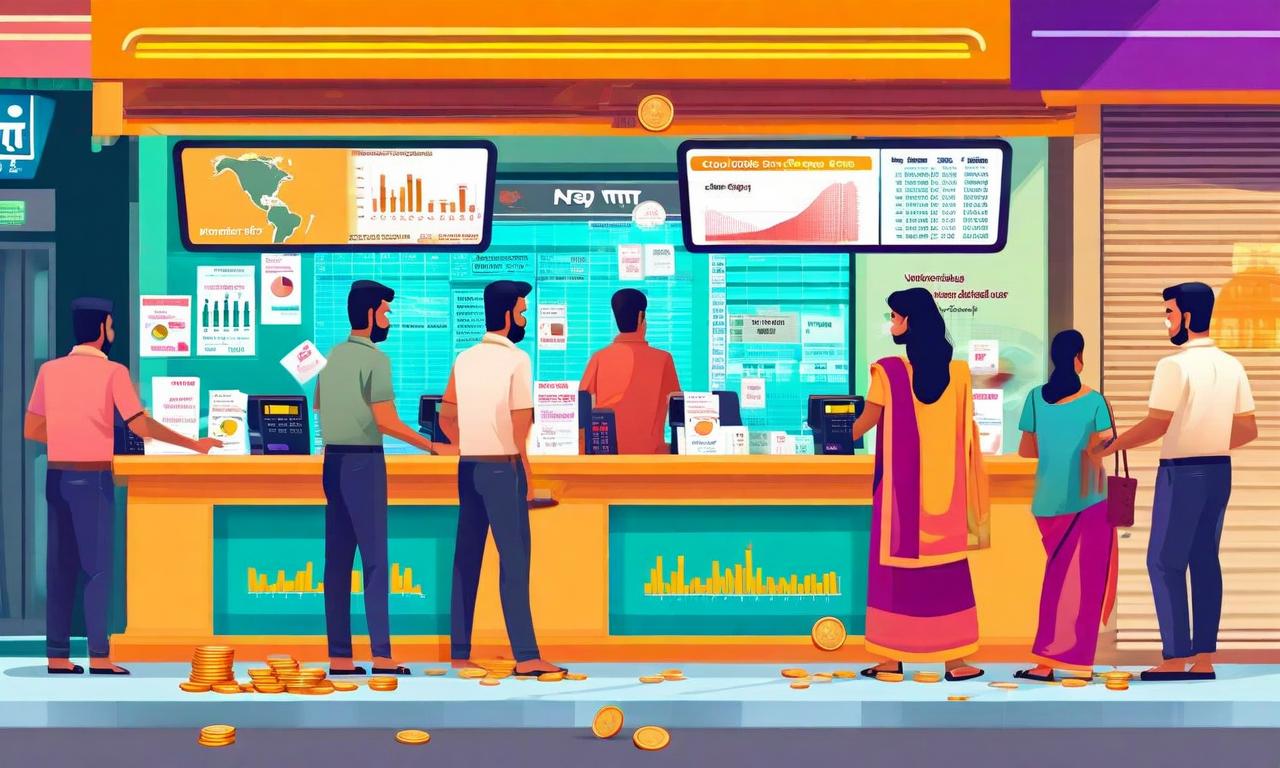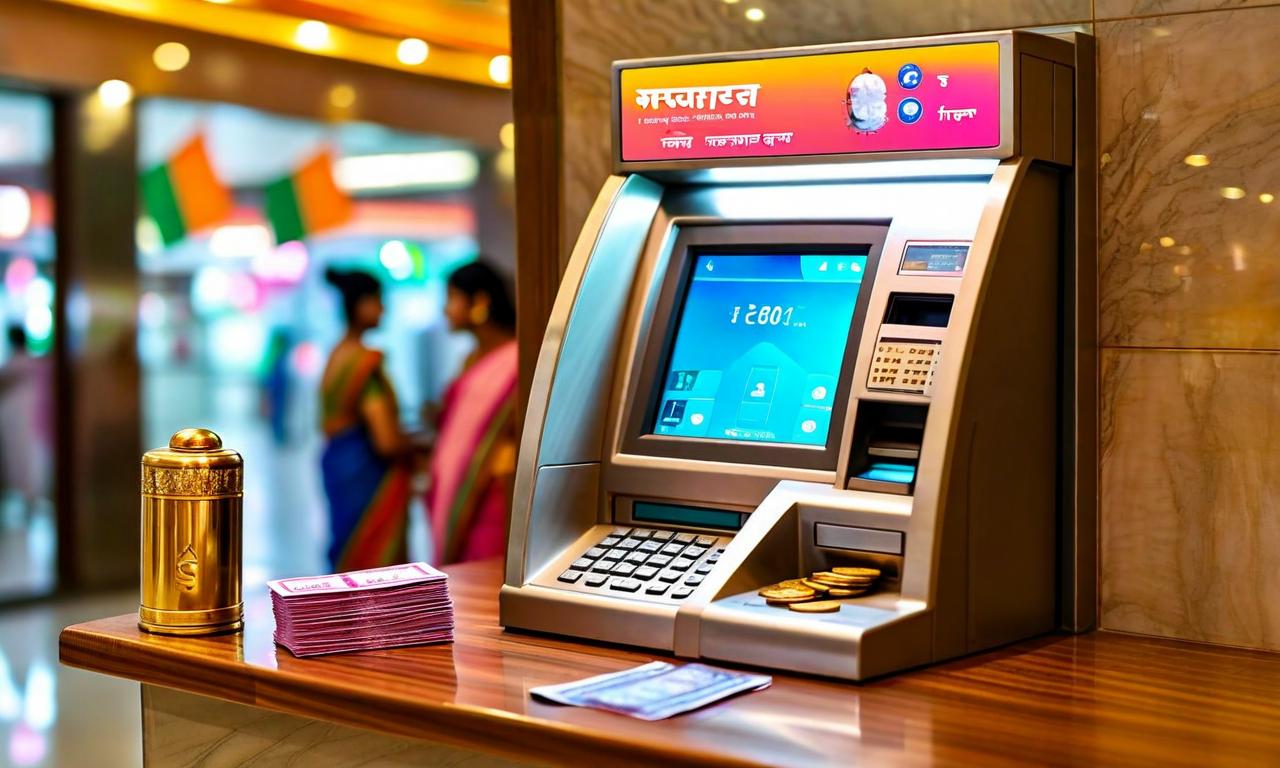Banks Cut Fixed Deposit and MCLR Rates Amid Global Rate Reduction Trend
Several leading Indian banks, including HDFC Bank, Punjab National Bank, Bank of Baroda, Bank of India, Indian Overseas Bank, and Central Bank of India, have reduced their Marginal Cost of Funds-based Lending Rates (MCLR) by 5-15 basis points across various tenures. Fixed deposit rates are also declining, with most standard banks offering rates between 6.45% to 6.70% annually for regular depositors. Small finance banks continue to offer the highest rates, often reaching 8.00% or higher. These rate cuts may lead to lower EMIs for borrowers with floating rate loans, while depositors face the challenge of declining returns on their fixed deposits.

*this image is generated using AI for illustrative purposes only.
Several leading Indian banks have announced reductions in their Marginal Cost of Funds-based Lending Rates (MCLR) and fixed deposit rates, reflecting a broader trend of rate cuts in domestic and international markets.
MCLR Rate Cuts
- HDFC Bank: Lowered select tenure rates by 5 basis points (bps), with six-month and one-year MCLR now at 8.65%
- Punjab National Bank (PNB): Cut MCLR by 5-15 bps across most tenures, bringing the one-year MCLR to 8.80%
- Bank of Baroda: Reduced overnight MCLR by 10 bps to 7.85% and three-month MCLR by 15 bps to 8.20%
- Bank of India: Decreased rates by 5-15 bps across most tenures except overnight, with the three-year MCLR now at 9.00%
- Indian Overseas Bank: Cut overnight, one-year, two-year, and three-year MCLR by 5 bps
- Central Bank of India: Also announced MCLR reductions, though specific details were not provided
Fixed Deposit Rate Trends
Fixed deposit rates are declining across Indian banks as domestic and international rate cuts gain momentum.
- Most standard banks currently offer FD rates ranging from 6.45% to 6.70% annually for regular depositors, with seniors receiving an additional 50 basis points.
- Small finance banks continue offering the highest rates, often reaching 8.00% or higher.
- Among private banks, rates vary from HDFC Bank's 6.60% to SBM Bank India's 7.50%.
- Public sector banks like SBI offer 6.45% while Central Bank of India provides up to 6.75%.
- Small finance banks lead with Suryoday offering 8.20% and Jana providing 8.00%.
Impact on Borrowers and Depositors
- Lower EMIs: Borrowers with floating rate loans linked to MCLR may see a decrease in their Equated Monthly Installments (EMIs)
- Shorter Loan Tenures: Alternatively, borrowers might benefit from reduced overall loan tenures if they maintain their current EMI amounts
- Declining FD Returns: Depositors may face lower returns on their fixed deposits as banks continue to cut rates
Market Outlook
The RBI maintained the repo rate at 5.50% but has already reduced rates by 100 basis points. Experts predict FD rates may approach 6.00% if further rate cuts occur, and recommend depositors lock in current rates before they decline further.
Conclusion
The widespread rate cuts by major Indian banks signal a changing landscape for both borrowers and depositors. While borrowers may benefit from lower EMIs or shorter loan tenures, depositors face the challenge of declining returns on their fixed deposits. As the banking sector continues to evolve, these rate adjustments reflect the ongoing efforts of financial institutions to balance competitive practices with changing economic conditions.
